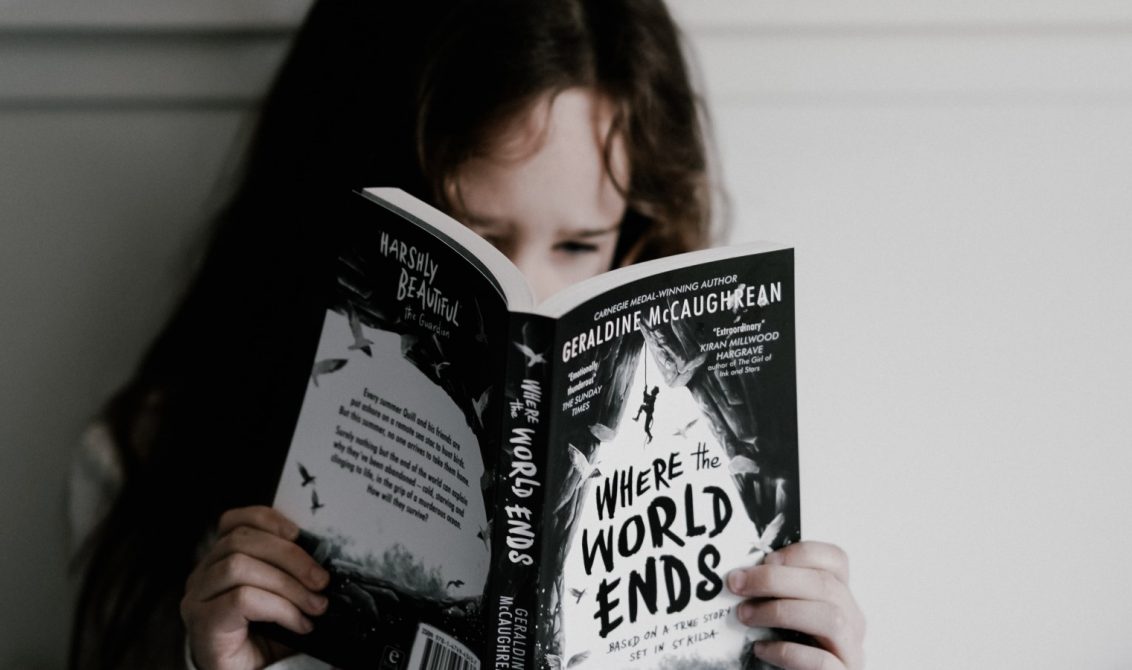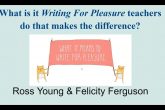
[Photo by Annie Spratt on Unsplash]
Dyslexia in the classroom can bring up some teaching challenges. We spoke to Martin Bloomfield, trainer at York Associates, who is an expert in the field. His specialist subject is international and intercultural perspectives on special educational needs, and he has many years of experience offering dyslexia awareness workshops to schools and businesses, as well as experience teaching learners with dyslexia.
Here, he lets us in on how we can improve our awareness of students with dyslexia and talks about how we can adapt our classrooms to become more dyslexia-friendly. Martin also tells us about the technology we can use to help us make the small changes we need to make a big difference in our students’ lives.
What is dyslexia?
Dyslexia is a cognitive disorder that affects approximately 10% of the general population, so odds are you have at least one dyslexic student in your classroom. The British Dyslexia Association defines it as “a learning difference which primarily affects reading and writing skills.”
However, they also point out that dyslexia is actually about the ways in which information is processed; “Dyslexic people may have difficulty processing and remembering information they see and hear, which can affect learning and the acquisition of literacy skills. Dyslexia can also impact on other areas such as organisational skills.”
What identifying signs of dyslexia should I look out for?
So how can you tell if one of your students might have dyslexia? The biggest flag, according to Martin, will be a clear difference between intelligence and written output. If you have a student who participates in class discussions and shows a clear understanding in spoken work, but then turns in work of a much lower standard, it’s worth considering the possibility that they have dyslexia.
Martin also points out some common phonological signs:
-
An unwillingness to read aloud.
-
When students are reading aloud, they read words wrongly.
-
Students who read very, very slowly.
But there are other signals which teachers can keep an eye out for – dyslexic students will find timekeeping and organisation very difficult, and you might notice this in the way they organise a page, or their notes.
How can I make my teaching more dyslexia-friendly?
If you think a student might have dyslexia, the next steps are based on what you’ve noticed, advises Martin:
“For example, if timekeeping is an issue, then giving clear instructions on what to do and when to do it is useful. If reading is the problem, can you use an audiobook instead? If they are struggling with organisation, maybe you could offer some additional help in getting them organised,” he says.
“And if there is a gap between their intelligence and the level of their written work, could you grade them in different ways? If it seems that they are really struggling, there’s usually access to a special educational needs officer in a school that can point you in the right direction.”
Are there particular challenges for dyslexic students in a bilingual context?
Absolutely, according to Martin. “The English language is orthographically opaque, which means you can’t understand the sounds of a language simply by looking at it,” Martin points out.
“Some cultures see dyslexia as purely an issue of phonological processing. Chinese, for example, is logographic, not alphabetic, so dyslexia isn’t apparent because there isn’t the same difficulty with phonological processing until slightly later in a child’s development. By that point you’ve already missed out on a lot of learning.”
Martin explains that if you have students who come from a logographic background who are suddenly thrown into an orthographically opaque language, they are going to struggle a lot.
“So a good idea is taking it back to basics and building it up. Focusing on phonetic and phonemic awareness will really help; helping people understand the basic building blocks of words and how they sound.”
How can classroom technology support students with dyslexia?
There is a lot of interesting assistive technology out there, such as screen-readers, scanning pens and mind-mapping software. However, there are changes you can make which don’t involve any additional budget. Martin has the following suggestions:
-
Use coloured overlays in text documents, which helps to soften the contrast between the text and the background
-
Lay out information in the clearest way possible – present information in the forms of graphs and charts
-
Break up different pieces of information using different colours
-
Avoid using long paragraphs
-
Use fonts which are clear and easy to read, for example Calabri or Ariel
-
Avoid the use of italics and underlining, which interfere with students’ ability to read text
Martin was also at pains to point out that making these changes didn’t hamper anyone else’s learning, but they did have a big impact on the results of students with dyslexia.
“When we make these changes, everyone benefits,” he says, “including the teacher – if our students are engaged then our lives as teachers are easier.”
His final piece of advice for teachers? “The single biggest thing you can do, is to do your very best to understand them. Think of dyslexia as just a different way of processing information, which is as valid as any other way of processing information.”
Further reading/resources
For more information on dyslexia and advice for teachers, check out the British Dyslexia Association website. Martin’s Youtube channel also has lots of insight and advice for anyone interested in learning more about dyslexia.
If you are interested in Special Educational Needs (SEN) you might also want to check out the following articles on our blog:
Do you have any experience of teaching students with dyslexia? If you’ve got any tried-and-tested tips which make a big difference to your dyslexic students, please let us know in the comments.

